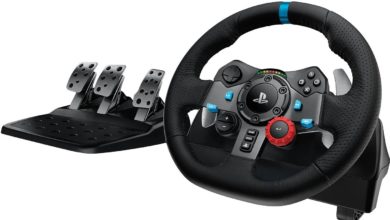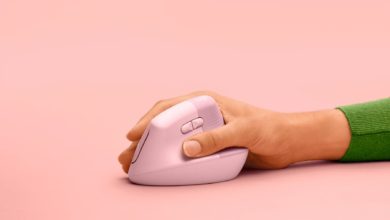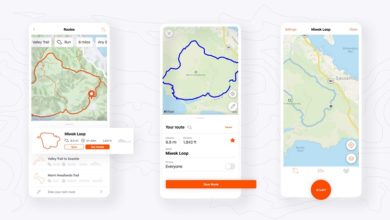Nokia 3, 5 and 6 with Android launched in India
Nokia mobiles with Android, finally will be available in India. After years of wait, Nokia is back and now it is handled by HMD. Nokia 3, 5 and 6 have been launched in India at competitive price. Not embracing Android has been a fatal mistake for Android and it was phased out and got lost in the competition. Finally, Nokia decided to make it comeback with Android. Nokia has introduced three models which have basic to entry level features. Nokia is not playing the hardware specifications card. Nokia is going to stand by its core values, which are sturdy build quality, reliable customer service and loyal customer base. Here are the details of the mobiles that have been launched in India
Nokia 3 – Rs 9499 – Exclusively available in Stores from June 16

Nokia 3 will be available only on stores from June 16, for Rs 9499. The mobile is made of “Nokia-Quality” plastic with metal rims. It has a 5 inch display with 720p display protected by Corning Gorilla Glass. The mobile is powered nby MediaTek 6737 processor with 2 GB of RAM and 16 GB of storage. It supports NFC. It has 8 MP camera on the back and front with autofocus. It runs on pure Android version 7.0.1 out of the box. The mobile has a sealed 2360 mAh battery. It is available in 4 colors: Matte Black, Silver White, Tempered Blue and Copper White.
Nokia 5- Rs 12899 – Exclusively available in Stores. Pre-bookings start from July 7
Nokia 5 is powered by Snapdragon 430 and has 2 GB or RAM and 16 GB of internal memory. It is priced at Rs 12899 and will be available to pre-book from July 7. This is also an offline exclusive mobile. Prebookings will happen at select mobile retail outlets across key cities such as Delhi NCR, Mumbai, Bengaluru, Chennai, Chandigarh, Jaipur, Kolkata, Lucknow, Indore, Hyderabad, Pune, Ahmedabad and Calicut. The mobile has a unibody metal construction. It supports NFC. It has a 5.2 inch display with 720p support. The 2.5D curved display is protected by Corning Gorilla Glass. The mobile has a 13 MP camera on the back and 8 MP camera on the front. It has 3000 mAh battery and runs on Android 7.1.1 out of the box.
Nokia 6 – Rs 14999 – Amazon exclusive, Flash sale registration on July 14

For the time being the Nokia 6 is the flagship offering from Nokia. It is a 5.5 inch 1080p mobile made of high quality metal body. It is powered by Snapdragon 430 and 3 GB of RAM with 32 GB of expandable storage. It has a 16 MP camera on the back and 8 MP camera on the front. It supports NFC. It has 3000 mAh battery and runs on Android 7.1.1. The mobile has dual speakers with smart amplifier and it supports Dolby Atmos sound. While the mobile is priced at Rs 14999, Amazon prime members can get Rs 1000 cashback under a special offer.
All the above Nokia mobiles comes with a promise of pure Android experience. It has no skin or any sort of customization. They will get the latest updates from Google. Nokia is also setting up its branded Nokia Mobile Care units across many cities in the country. The aim is to have Nokia Mobile Care in 300 cities by June end. Nokia is back and is on the right track. The pricing is competitive and the timing is perfect.



